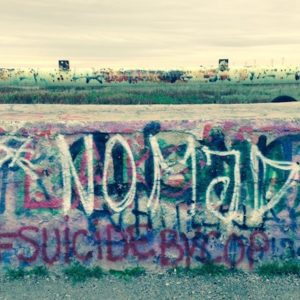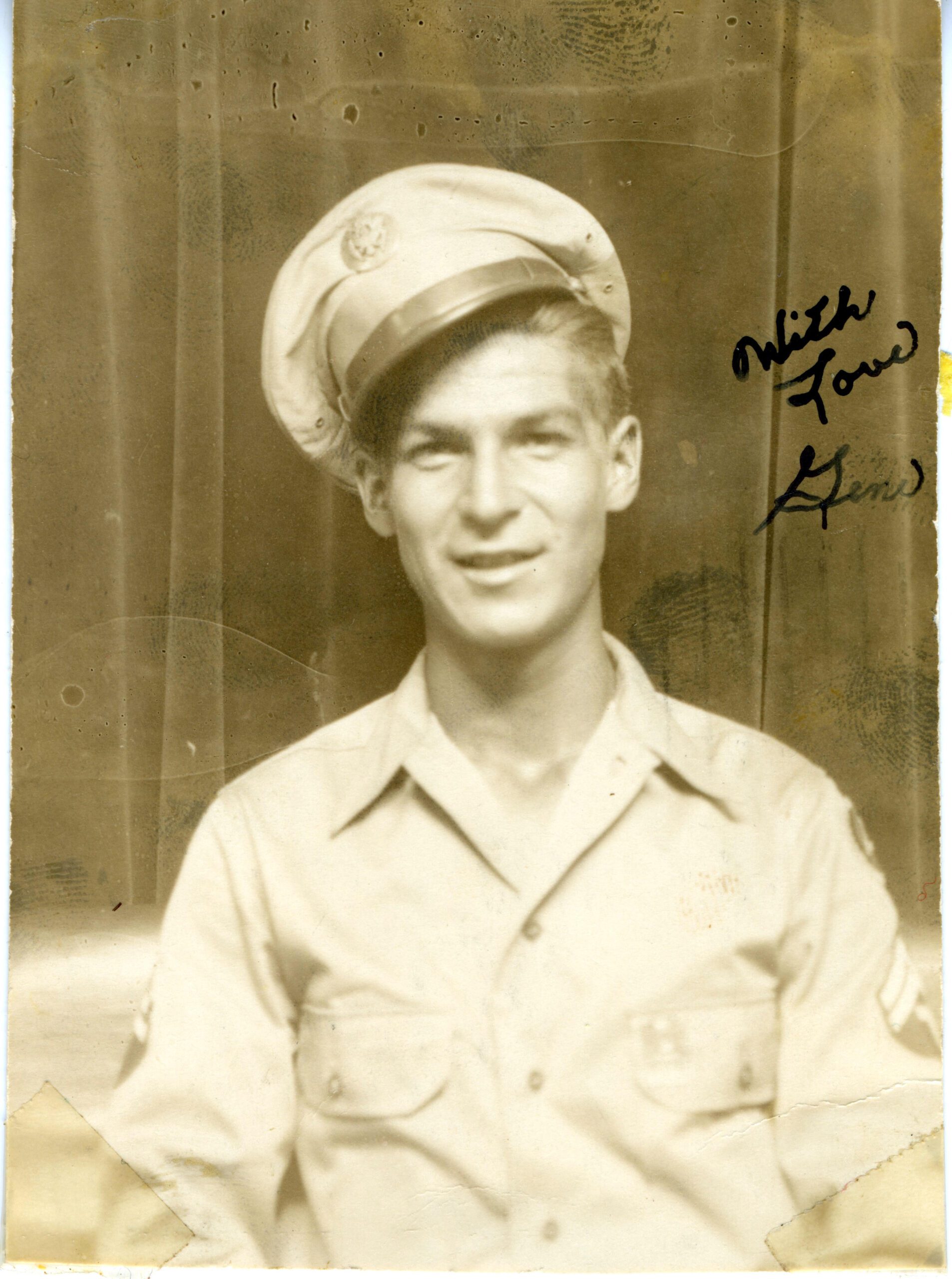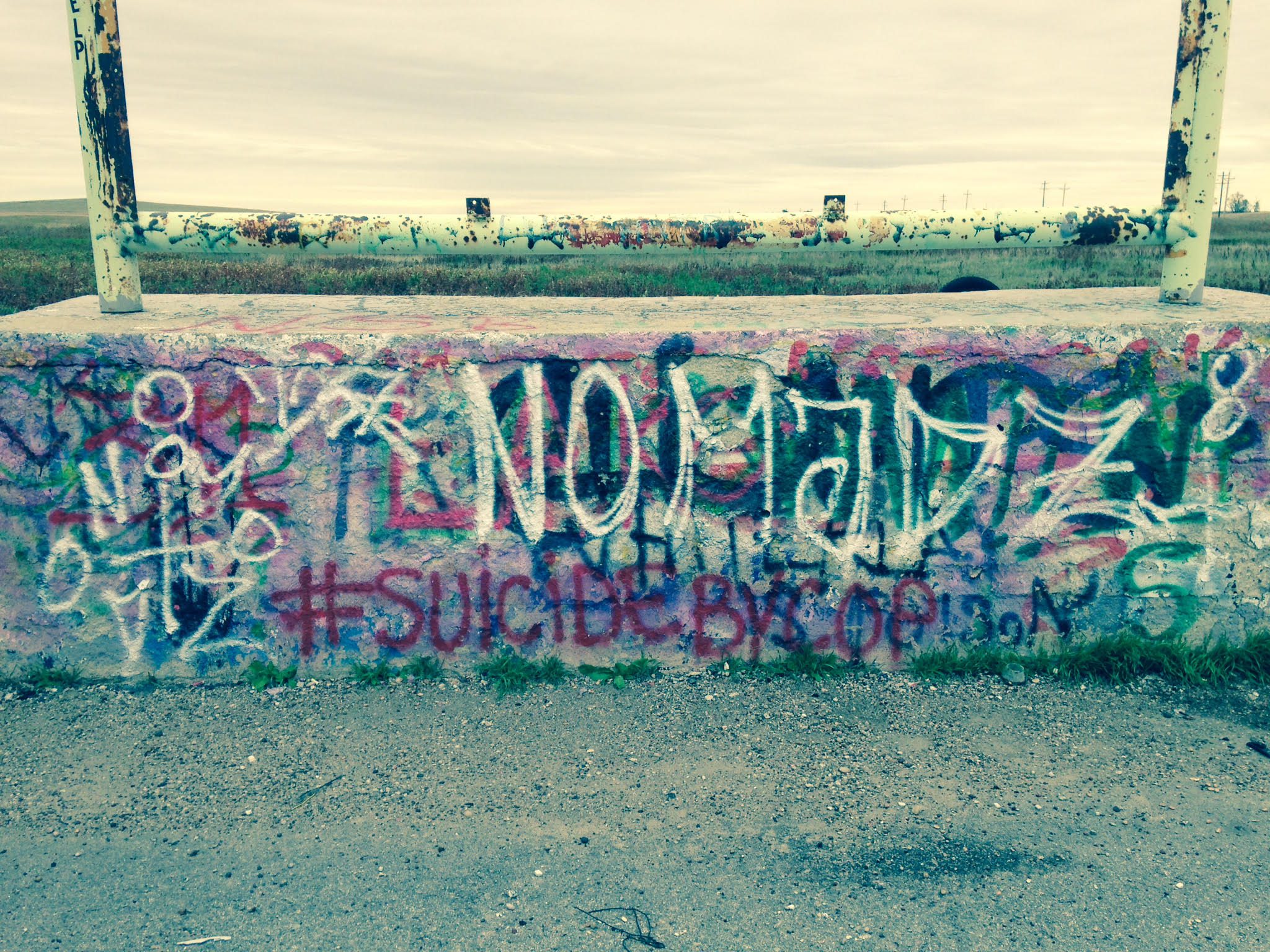
I saw the violence in the eyes of my uncles when they took off their shirts in preparation for a fight. At picnics the shirts came off. And when working in the front yard. And in the parking lots outside powwow grounds. As though they had to announce to the world they were ready, they would always be ready, and were unafraid to fight. To be Indian was to be engaged in some kind of violence. You could be at a powwow, just walking along, and some kid grabs your cotton candy (something I think I only got once as a kid) making your way back to your parents’ blanket spread out along the edge of the arbor (my parents never thought to bring chairs). Without thinking you take off after him, running behind the community center in Ball Club Minnesota. Some of your cousins sense something is up and fall in behind you. You round the corner of the building and there’s that kid, holding your cotton candy. There isn’t even a discussion. There aren’t any words. You just start swinging—the building is a fence, your cousins are a fence. The two of you are surrounded. There’s no escape for either of you. You want to leave, run, disappear just as much as the other kid. But it’s too late. Neither of you punches hard. You just want to get it over with.
I felt the presence of violence in my parents’ attempts to keep it on the outside of the home. That must have been what pained them so much about my own fights with my brother—great gasping brawls that ranged the house and the yard. Fights whose intensity was only matched by my father’s anger over them. As though they were a direct affront to him and the tranquility he demanded of our household. There was always something funerary about the sanctity of quiet and peace imposed by his will. Our home was rigid with silence, to the point where my friends knew better than to call past 8 p.m. lest my father yell at them too.
I saw the violence around me in the different places different people lived. It did not escape my notice that all the nice lakeshore lots on and around the reservation were owned by white people whereas the Indians lived in jack pine groves where the air was heavy and bugs thick. It did not escape my notice that Indians had to swim at the public beaches, such as they were whereas the settlers had their own lakeshore. It happens every so often at a talk or a book signing or something like that—some artificial gathering over meaning—that someone will approach me. They usually have my book in their hands (for which I should be grateful) and they are universally white and educated and liberal. They wade through the crowd and in an effort to posit a connection, mention to me that they have a cabin on Leech Lake or Cass Lake or Winnie. That they went to camp “up north.” Or they vacation there in the summer. I nod and smile. But I know those camps and cottages and homes were purchased and enjoyed at our expense. That their enjoyment has cost us something dear. That their enjoyment of the northwoods is, at its very base, a theft. I nod and smile and we talk but I always wonder if they see it behind my eyes: that I would like nothing more than to break every window in the place, because it’s theirs?
*
For a long time I thought white people were the problem. (That there was some problem, something broken about the life around me, was—and is—not in doubt). I mean—how could they not be the problem? It was the white teacher, after all, who when I was in the seventh grade told the class Indians were idiots. It was the white music teacher (I’m speaking of you, Terry Bradley) who, in front of the whole class, said Indians should just shut up and go back to Canada where “they” were from and who warned girls against wearing short skirts while on a trip to a big city down south because there were a lot of “blacks” down there. It was bad in our schools. I don’t know the figures but when I started high school in our border town there were a lot of Indians in my class. There should have been. Bemidji, MN is surrounded by three different reservations. Maybe a quarter of the class? A hundred or so? By the time I graduated there were about a dozen. It was the white high school counselor who told my older brother to take shop class because the best an Indian could hope for was to learn a trade—and in that one utterance managed to both insult Indians and people who work in trades.
How could white people not be the problem? You couldn’t escape white people in those days. They were the ones who owned the gas stations, sold insurance, eyed us warily when we bought plastic army men and cap guns at Ben Franklin. They were the ones who drove the tow trucks to get us out of the ditch. They were the ones who, drunk on Old Milwaukee, called us drunks when we off-loaded our boats to go fishing. They were the ones who learned how to water-ski, who had barbecues where no one got beat up. They were the ones who didn’t regard the phone with suspicion: it could erupt into a desperate ringing at any time and it was always bad, bad news. It was white cops who beat up my uncle Davey, and left him by the side of the road covered in bruises, and he was lucky. It was white people who had all the room, both around their houses and in their houses, room for guests and extra beds that were never used, and blankets folded neatly into things called linen closets. It was a white girl who refused to go down on my brother because he is dark and, to her, looked “black” but was only too happy to go down on me because I didn’t. And then he and I fought about it. Whiteness became our problem. And it was the white mother of one of my very best friends in high school who—after I won a spot at Princeton and her son didn’t—said, “well, he just got in because he’s Indian” and broke my heart. And my white friend who passed along that news (and didn’t have to) in order to make himself feel better broke my heart again. And that they owned every goddamn thing in sight. So how could they—satisfied with their success, completely at ease with their thereness, ubiquitous, well-fed, content, so sure they had the answers to everything—not be the problem?
Growing up I could see how white people were the problem but that answer didn’t satisfy me. It didn’t satisfy me then and it doesn’t satisfy me now. For starters, my father was a white person. And he’d lost a lot more than most. He’d grown up in violence and hatred completely unmasked and yet here he was: helping people, helping (and loving however imperfectly) his Indian wife and helping and loving (however imperfectly) his Indian children. Here was a man who didn’t think of Indians as anything other than incredible human beings and somehow largely (though not completely) avoided treating Indians as exceptional human beings, or at least treating us as any more exceptional than any other person deserving of respect and consideration, and, if he had the time, a lecture on how they could do better. And most of my friends were white. And they, for the most part, were curious, studious, hilarious, considerate people. So when I thought of white people I thought, “Well, I don’t mean them, obviously.” But that was the same thing a lot of white people did when talking about Indians. “Oh,” said a high school classmate to me, after explaining to me that Indians were dirty and lazy and how her family (who owned rental houses) would never rent to an Indian, “well, I mean real Indians. I don’t mean you.” And I wondered: well, since I’m not dirty, does that mean I’m not a real Indian? But it was the parents of other friends who came to visit me in the hospital after a painful surgery and sat by my bed and told me, very tenderly, how much they loved me. And it was the father of my friend Kirk, Dick Hansen, who always welcomed me and made space in his family for me when I didn’t feel like there was space in mine. And it was me who cornered that kid who stole my cotton candy. And it wasn’t “the man” who made him steal it and it wasn’t “the man” who made me punch him in his soft belly over and over again. It wasn’t white people who made Uncle Mikey shoot that arrow at the sheriff. And it wasn’t white people who put my cousin Vanessa behind the wheel, drunk, and sent her out onto the highway and into the path of an oncoming RV. Most of the fights I got in (I lost all of them) were with other Indians. It was Davey Jones who spit in my hair, regularly, throughout the sixth grade and there wasn’t anything I could do about it because he, in the sixth grade, could already bench press 135 pounds and was a Golden Gloves boxer. And it certainly wasn’t a white person who, even though he knew the girl wouldn’t go down on his brother because his penis was too dark, let her go down on me. Just as, during one of our fiercer arguments, it was me who told my brother that his skin looked like dirt, and that he was dirt. That was me, too.
*
But then. But then how to account for all the fear and loathing? I saw it at school. There could be a few Indian kids—the “real” kind—in a group and the white kids walked wide around them, as though it took only that, proximity, to set them off. There are a few really big Indian families from Bemidji and the reservations around Bemidji—Kingbirds, Northbirds, Headbirds, Whites—whose name you only had to mention to produce anxiety, if not fear, in the white people of my youth. Those names communicated something deeper, too: that they were “real” Indians. Their names were synonymous with what people meant when they said “Indian” in the same breath as our supposedly universal qualities: violence, desperation, substance abuse, self-inflicted woe of Grecian magnitude. What it meant to be a real Indian was not written or announced anywhere but it was universally felt nonetheless. To be a real Indian was to have come up hard, to fight, to drink, to be poor. Somehow we learned that to be a “real” Indian was to be worst kind of American.
*
I felt the fear around town. I had only to walk into a store with my cousins or uncles and the unease—among the other shoppers, on the part of the clerks or store owners—rose up in the air and took its place on the shelves. So when they wouldn’t look at us and concentrated on soup or shampoo it seemed then they were looking at products of their own fear, and that was much preferable to looking at us. The fear was mapped in the way people walked wide around us at the Paul Bunyan Mall. As if proximity could set us off and there’d be blood on the tile. I never saw this happen. I was never a part of this happening either. But that’s how white people walked by us. Wide.
*
The loathing was just as easy to spot. It was in the faces of my friends and my friends’ parents when we passed those Indians by the bridge, staggering back to their roosts with Thunderbird. The loathing was barely cloaked in the paper. “Look at them,” said the parent of a friend of mine as we drove by. I did. I do. The loathing was a part of the classroom demeanor of many of my teachers when they explained, yet again, the instructions for the assignment to Indian students. I remember one girl in particular. Stacey. She had long, feathery black hair. And she had the right jeans, the right shoes, the right shirt—by which I mean she was dressed exactly like the white kids who surrounded us. She didn’t get what the teacher said and she said so in a mumble, looking down at her papers. She wouldn’t look at him. He came over and stood over her desk and explained the instructions again. He asked if she “got it” but she didn’t say anything. She kept looking at her papers. I felt the waves of panic coming off her. He asked again and this time he looked around at the rest of the class and raised his eyebrows as if to say “see what I have to deal with? See how these people are?” She was toying with her pencil furiously, resting her head in her other hand. The teacher flapped his hands against his sides, punctuating his teaching with his sense of frustration before turning his attention (beaming now, mischievous, playful) back at the rest of the class. I remember the loathing because I remember the shame. Hers and mine. I am not sure why I felt it, too. I was a model student. I was beloved by teachers for the most part. But she was one of us. I was one of us. We carried it together. I remember this because a few nights later there was a knock at our door. This couldn’t have been a surprise to my parents but it was to me. There must have been phone calls and discussion and more phone calls. My father rushed to the front door and opened it and Stacey came in with her mother. I was standing off to the side and I was surprised to see her. We weren’t friends and she had never, to my knowledge, been to our house before. My father dropped to his knees and opened his arms and Stacey, carrying a backpack loosely in one hand, moved forward and let herself be hugged. My father hugged her hard and began crying. To my shock she began crying, too. And then she dropped her backpack and returned his hug. I didn’t know what to do so I moved back into the kitchen where my mother was standing, her arms crossed in front of her, a cigarette dangling from her fingers. “Why is she here?” I asked. My mother looked at me but betrayed no emotion. She was not, is not, a word mincer. “She was being raped at home.” She and her mother stayed with us. It couldn’t have been for more than a few days. I don’t remember. I saw her at school everyday after that. We never talked about any of it.
***
Read “The Savage Mind, Pt. 1” here. The series will conclude next Saturday, April 15.
***
Images provided courtesy of author.






